Rare Animal Species You’ve Never Seen Before
Bone Collector Caterpillar – Hawaii’s Tiny Predator
Deep in the foggy hills of Hawaii’s Waini Mountains is a 5mm wonder called the Bone Collector Caterpillar, a recently found species belonging to the Hyposmocoma genus. Unlike most herbivorous caterpillars, this predator consumes dead or dying arthropods including ants, flies, and weevils—often found caught in spider webs.
Its way of survival is even more amazing: utilizing legs and wings as a horrible masquerade, it hides behind the bodily parts of its prey. So efficient is this adaptation that no predators, including spiders, have been seen eating it. Only 62 people have ever reported after twenty years of study.
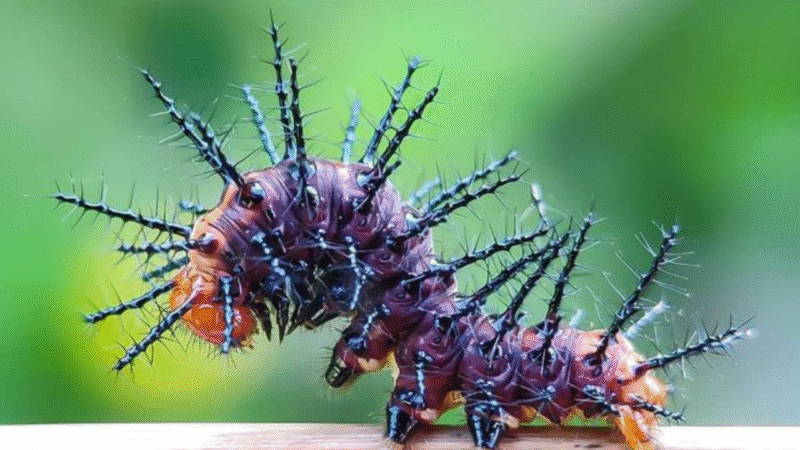
Coelacanth – The 400-Million-Year-Old Fossil Fish
Once believed extinct for more than 70 million years, the Coelacanth (Latimeria menadoensis) is a prehistoric fish that has just resurfaced in Indonesia’s Maluku Archipelago. Originally found off South Africa’s coast in 1938, this deep-sea inhabitant goes back to more than 400 million years ago, qualifying it as a genuine “living fossil.”
Marine biologists recorded a new sighting close to Indonesia in 2025, hence signaling a turning point for evolutionary biology and marine protection. The Coelacanth’s discovery calls into question all we believed we knew about extinction and survival in the deep water.
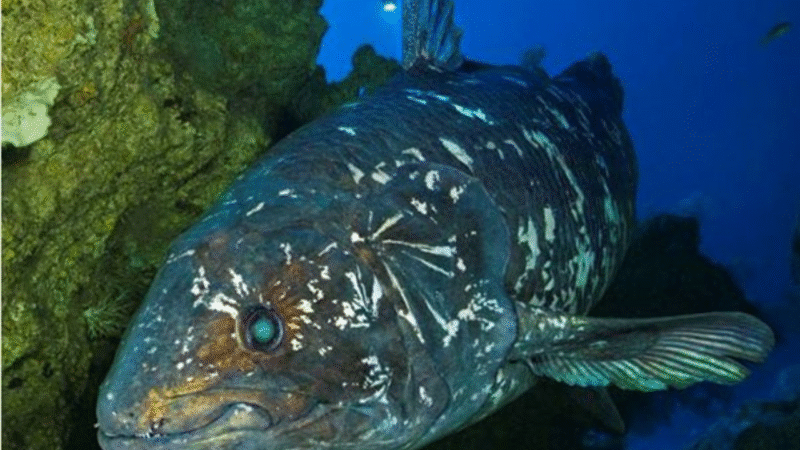
Albino Killer Whale – The Ghost of the Ocean
Researchers were able to capture some very unique film of a blue killer whale swimming alongside a pod of orcas that are typically colored. The footage was captured near to the icy waters of Hokkaido, Japan. This “killer” of the water is distinguished by its bright skin, which is the result of a rare genetic defect. It is likely that it suffers from albinism or leucism.
Due to the fact that albino or leucistic orcas are estimated to occur in fewer than one in 10,000 humans, sightings of these gorgeous sea mammals are extremely uncommon. The visibility and susceptibility of marine mammals make the conservation of these animals an even more serious concern.
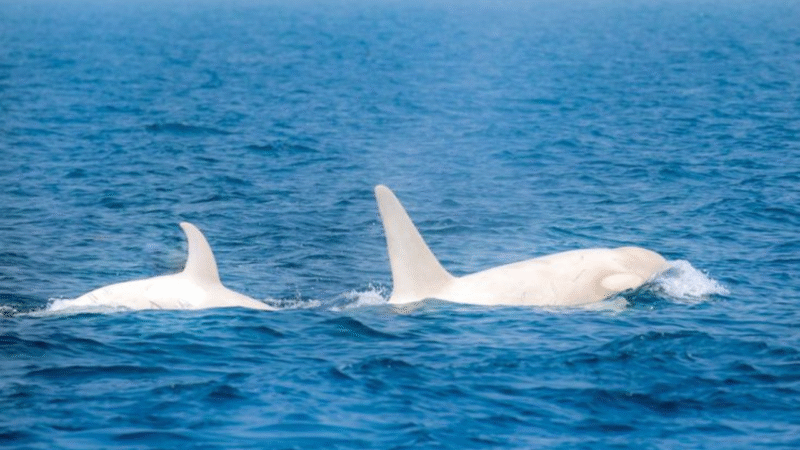
Southern Corroboree Frog – Australia’s Genetic Treasure
The Southern Corroboree Frog, native to Kosciuszko National Park, is regarded as functionally extinct and in a state of critical endangered status owing to a combination of disease and habitat degradation. Still, some hope shines through.
Having sequenced its whole genome, scientists have found a DNA structure around three times bigger than the human genome packed with non-coding, repetitive sequences. By offering new choices, this invention offers fresh opportunities for genetic intervention and selective breeding in the battle against the deadly fungal infections harming frogs all throughout the world.
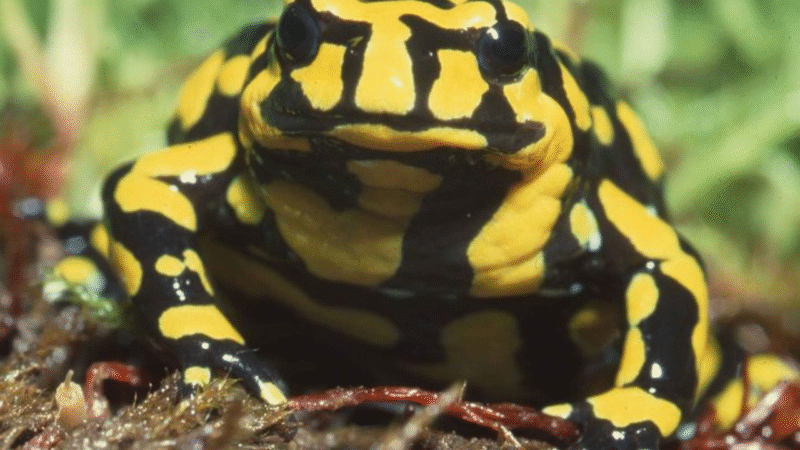
Lesser-Spotted Lichen Running Spider – Master of Disguise
It is possible to find the Philodromus margaritatus, also known as the Lesser-Spotted Lichen Running Spider, deep into the woodlands of Cornwall, United Kingdom. This spider is both poisonous and solitary. Because it has such remarkable camouflage, it is able to blend in with the trees that are coated with lichen.
Due to the fact that it has fluffy leg extrusions that alter its appearance, this specific spider is nearly undetectable to both its prey and its predators. By exploiting its disguise to ambush insects that are unaware of its existence, it demonstrates a remarkable combination of patience and stealth which is a rare combination.
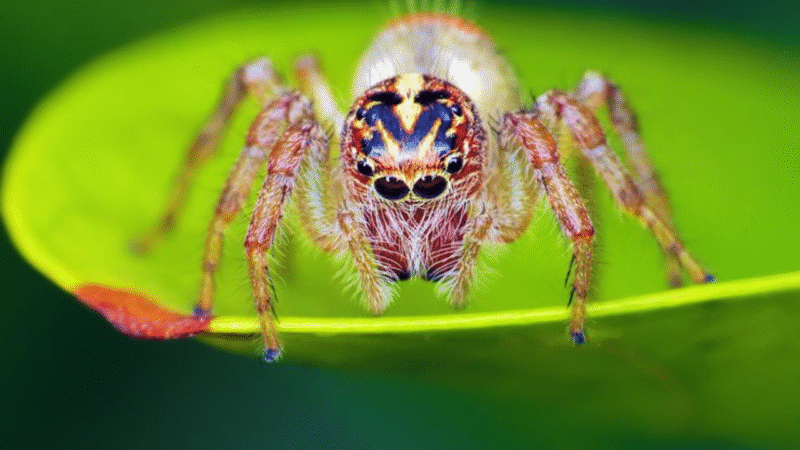
Why These Creatures Matter
Every species, from deep in the ocean to high in a misty mountain, contributes significantly to the maintenance of ecological balance. Comprising only a tiny fraction of the world’s unexplored and misunderstood flora and fauna, these amazing and often frightening animals… Their scarcity draws attention to the fragility of biodiversity and the need of conservation initiatives in view of the destruction of ecosystems and the climate change now happening.
